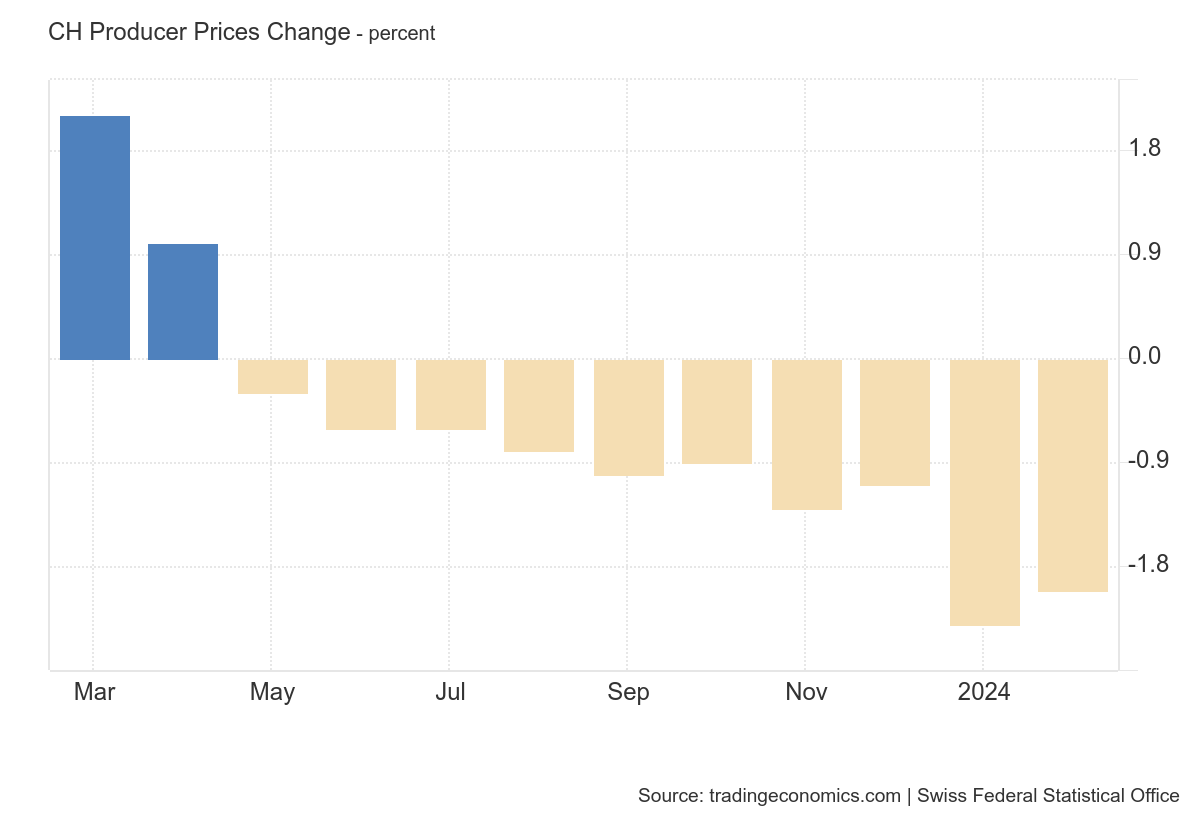The decline in oil and equities are lifting European bonds and Treasuries. The US dollar is firmer against most major and emerging market currencies.
We never put much stock in last week's seemingly euphoric speculation of a deal between Russia and OPEC to support oil prices. As the speculation is unwound, anticipation of another large US inventory build, and poor corporate earnings from energy sector are also taking a toll. BP posted a 91% decline in Q4 earnings. Yesterday, S&P cut Shell's long-term credit rating by one notch to A+ and placed on negative watch. Last week Chevron, the world's second largest oil producer after Exxon reported its first quarterly loss since 2002.
The MSCI Asia-Pacific Index snapped a four-session advancing streak by almost declining one percent. It is only the second decline since January 21. One way that the price action differs from the very start of the year is the apparent decoupling from China. Despite the loss by all the other regional markets, Chinese stocks advanced. The Shanghai Composite was up 2.25% and the Shenzhen Composite was up 3.4%.
The PBOC continues to aggressively inject liquidity into the banking system ahead of next week's extended holiday. Press reports indicate that the six IPOs have drawn orders of CNY7.1 trillion (~$1.1 trillion). Under the new rules, investors are allowed to bid for shares without having to make upfront deposits. The onshore yuan is trading as it has been re-pegged to the dollar. Within very narrow ranges, the dollar has edged higher for the third consecutive session. The offshore yuan has weakened a little more, leading to a modest widening between the two.
The Reserve Bank of Australia left the cash rate at the record low of 2.0%, as widely expected. Governor Stevens noted the risks that emanate from the recent slide in equities and commodity prices. However, he also seemed upbeat on employment and business conditions. The Aussie initially rallied in response and reached $0.7130 before being dragged lower by weaker commodities and the general risk aversion. The Aussie returned to yesterday's lows near $0.7040 in the European morning.
Germany pleasantly surprised. The unemployment rate fell to 6.2% from 6.3%. This is the lowest rate since unification. The number of unemployed fell by 20k. The consensus was for an 8k fall. The December figure was revised to show 16k decline in unemployment rather than 14k.
We note that Germany, the UK, Japan and the US are near what economists regard as full employment, but the upward pressure on wages remains elusive. These central banks, which generally seem to advance the interests of the economic elites, have all become advocates of wage increases.
The UK is center stage today. Today's construction PMI failed to match suit with yesterday's stronger than expected manufacturing survey. The construction PMI slipped back to 55.0 from 57.8. The consensus was for 57.5. It is the lowest reading since last April. The news help UK debt instruments recoup part of yesterday's losses.
However, the focus is on the publication of the EC's proposals to address the UK's concerns about EU. Reports suggest that UK Prime Minister Cameron will be given an emergency brake on in-work benefits for EU migrants for up to four years. There will also be a "red card" system that dilutes EU decisions that are made by countries that do not account for more than half of the region's population. The European Council meets February 18-19. The hope is that an agreement can be struck, which would pave the way for the UK referendum near midyear.
The North American calendar is light. The main feature is the January US auto sales. Last year was a record year of sales. Sales appear to have been helped by the job creation, cheap financing and the drop in gasoline prices. Sales slowed in November and December from the 18.12 mln annual unit pace in October. However, the consensus expects a small rise to a 17.3 mln pace in January from 17.22 mln pace in December, with US-based producers picking up market share. We note that although consumption slowed in Q4 GDP, the 2.2% annualized increase was more than the consensus 1.8% forecast.
Separately, the senior loan officer survey pointed to some tightening of lending standards and softening in demand. The prior report was also downbeat. Econometric models that use this survey data and commercial and industry loans see the risk of a US recession in the near year as increasing to about a 20% chance from 15%. On the other hand, the ISM data included a rise in new orders to five month high and a favorable move in the orders to inventory ratio. This suggests that the manufacturing sector may be poised for recovery. The Fed’s Fischer was circumspect yesterday, seemingly more cautious about growth and inflation. Although he did not shed much light on the March FOMC meeting, our forecast of 2-3 hikes this year does not require a March hike. A robust employment report at the end of this week is a necessary, even if insufficient, factor in the decision.
Tags:
























